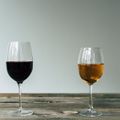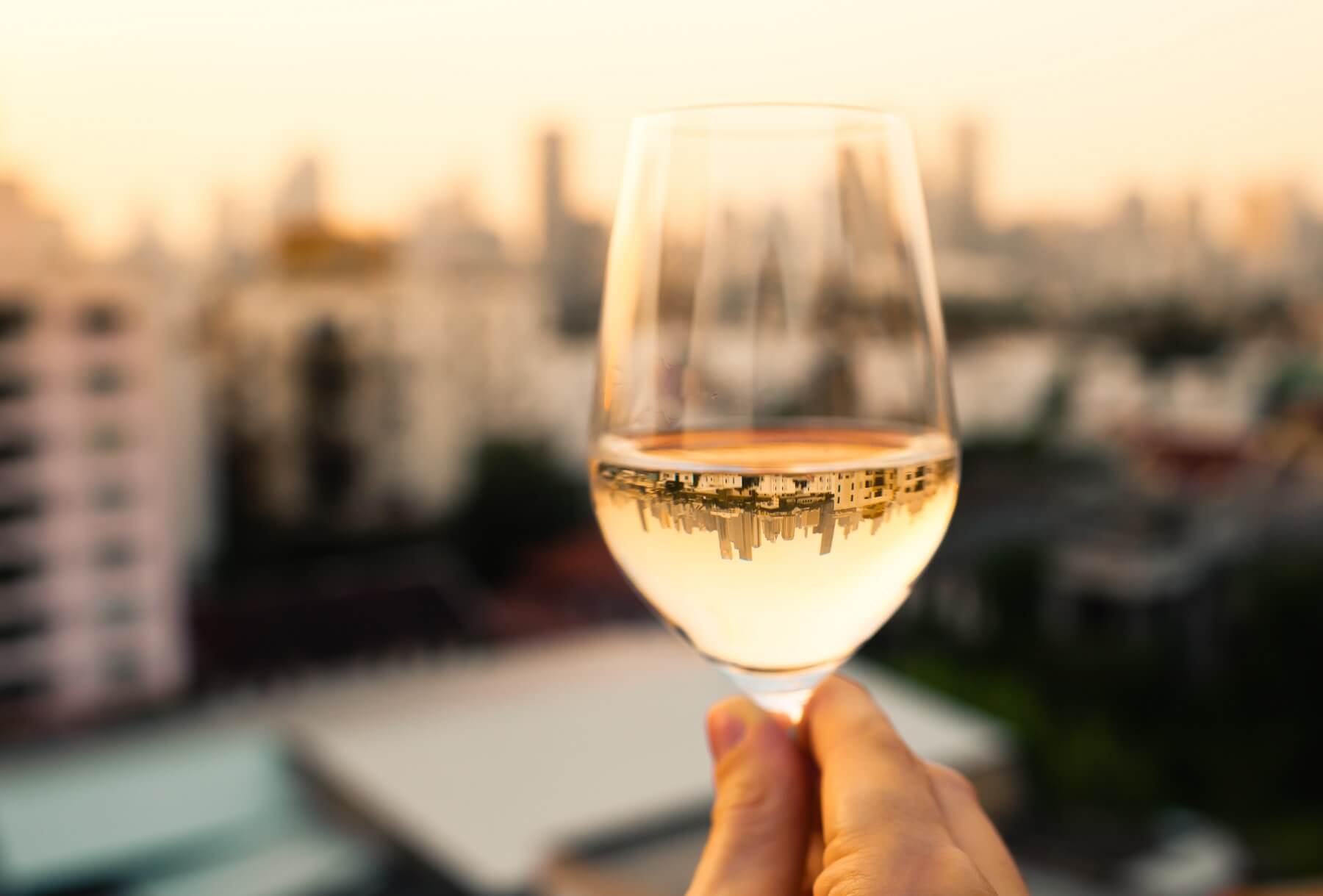

Wine is an ancient pleasure, having been made for over 6000 years. Despite this, it is not averse to the winds of change, and each year we see the rise and fall of various trends within the industry. With rosé fever sweeping over us this summer and seriously entrenched as
Wine is an ancient pleasure, having been made for over 6000 years. Despite this, it is not averse to the winds of change, and each year we see the rise and fall of various trends within the industry.
With rosé fever sweeping over us this summer and seriously entrenched as this year’s go-to wine, we take a look at what the coming year will hold for trendy winemakers and drinkers.
1. Red and White grapes together
More and more Australian winemakers are discovering the complexity and freshness that can result from a blend of red and white grapes in the same wine. Whether made as a rose or as a light red, it’s a clever way of bringing both aromatic lift and juicy acidity to a full flavoured, red-grape based wine.
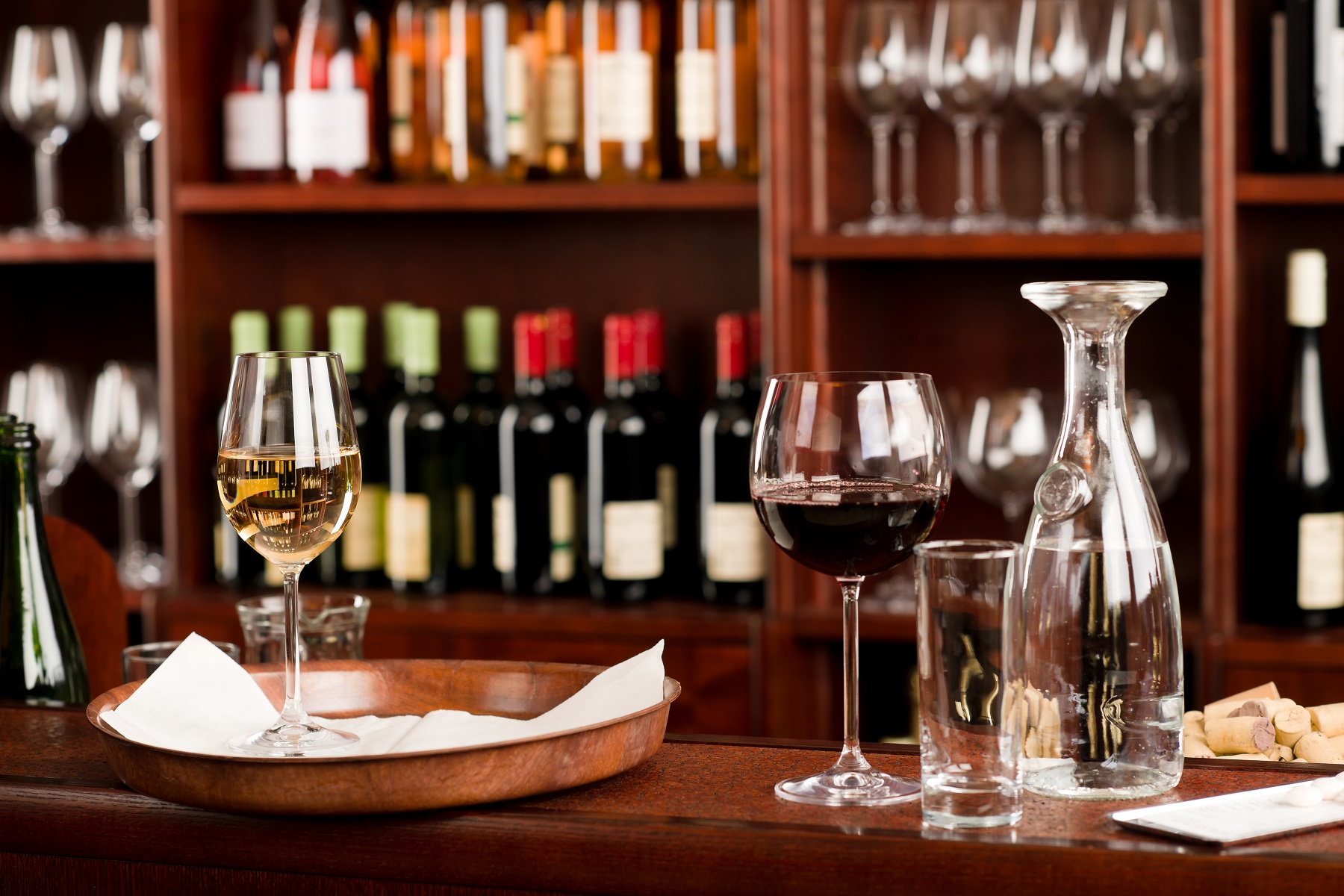
Sound unusual? It is! And to be honest, in many places in Europe, it would be illegal, but the wine laws in Australia give our vignerons the freedom to experiment and grow and create the wines they want to. This means more delicious wine for us!
2. Light reds that aren’t pinot
Following on from the above, we’re seeing an increase in the diversity of red wines made with a lighter touch. Yes, Pinot Noir is delicious and extremely versatile, but it can also be difficult to master growing it correctly and making wines of substance.
As an alternative, we’re seeing the traditional paradigms of wine weight and structure turned on their head! Look out for a range of new wave wines that have been picked earlier and worked less in the winery, to create medium bodied, juicy reds that are great for the warmer months. A great example is wines made from Shiraz, but labeled as Syrah – they’ll be more fragrant and pure fruited, often with lifted acidity.
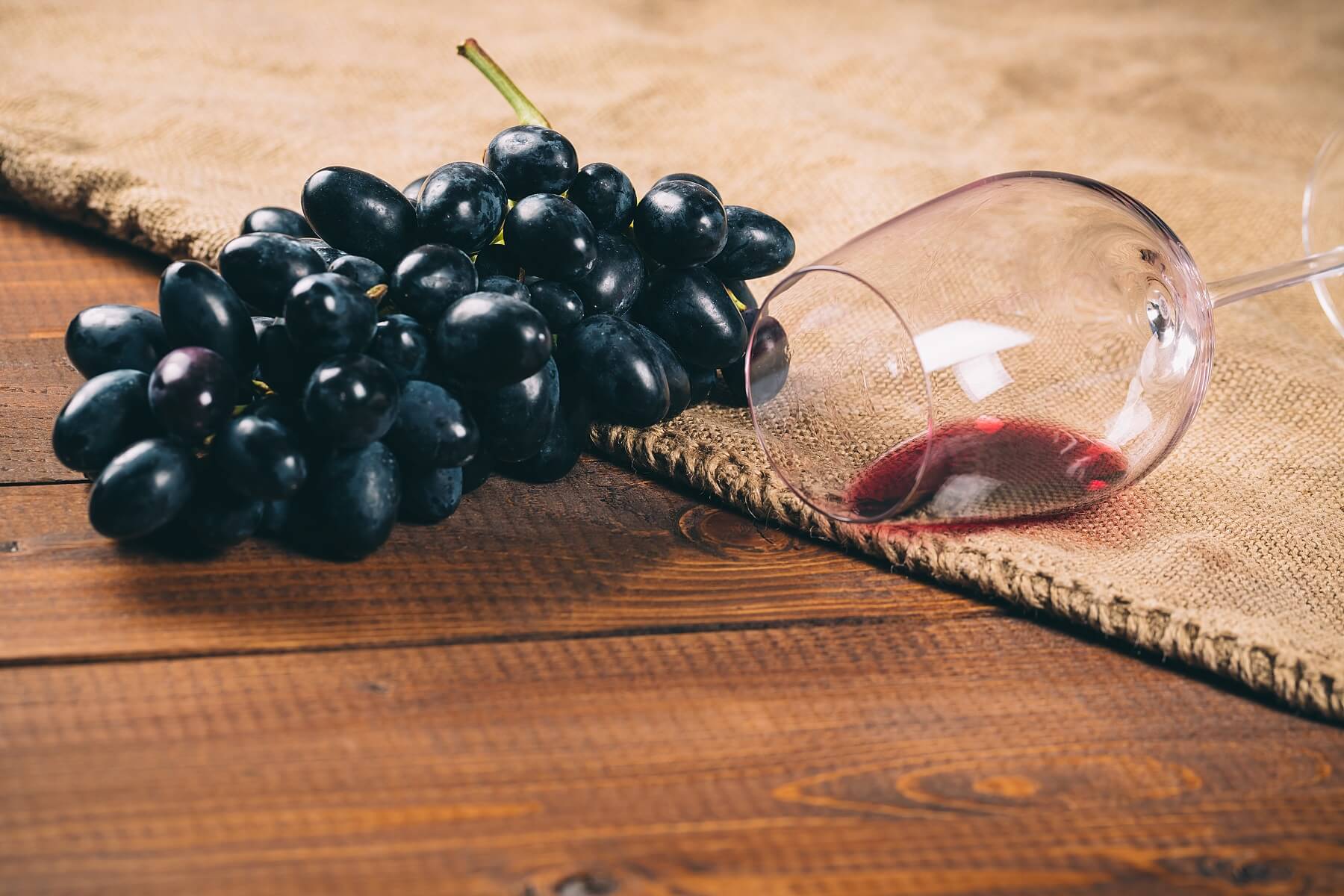
3. Pet Nat
Everyone needs Champagne to celebrate with, right? But what if the champagne is too expensive, and actually doesn’t taste like much? Too often, the big champagne houses churn out litres of battery acid with bubbles, with no discernible grape flavour!
The solution – sparkling wine with real flavour, made by an alternate method, and resulting in much better value wines. The name pet nat is short for a French expression petillant naturel, and refers to a technique whereby the winemaker bottles the wine before the wine has finished fermenting. Carbon Dioxide (the bubbles in champagne!) is a by-product of alcoholic fermentation and generally, dissolves during ferment. With the wine in a bottle and all sealed up, the bubbles have nowhere to go and are re-absorbed into the wine!
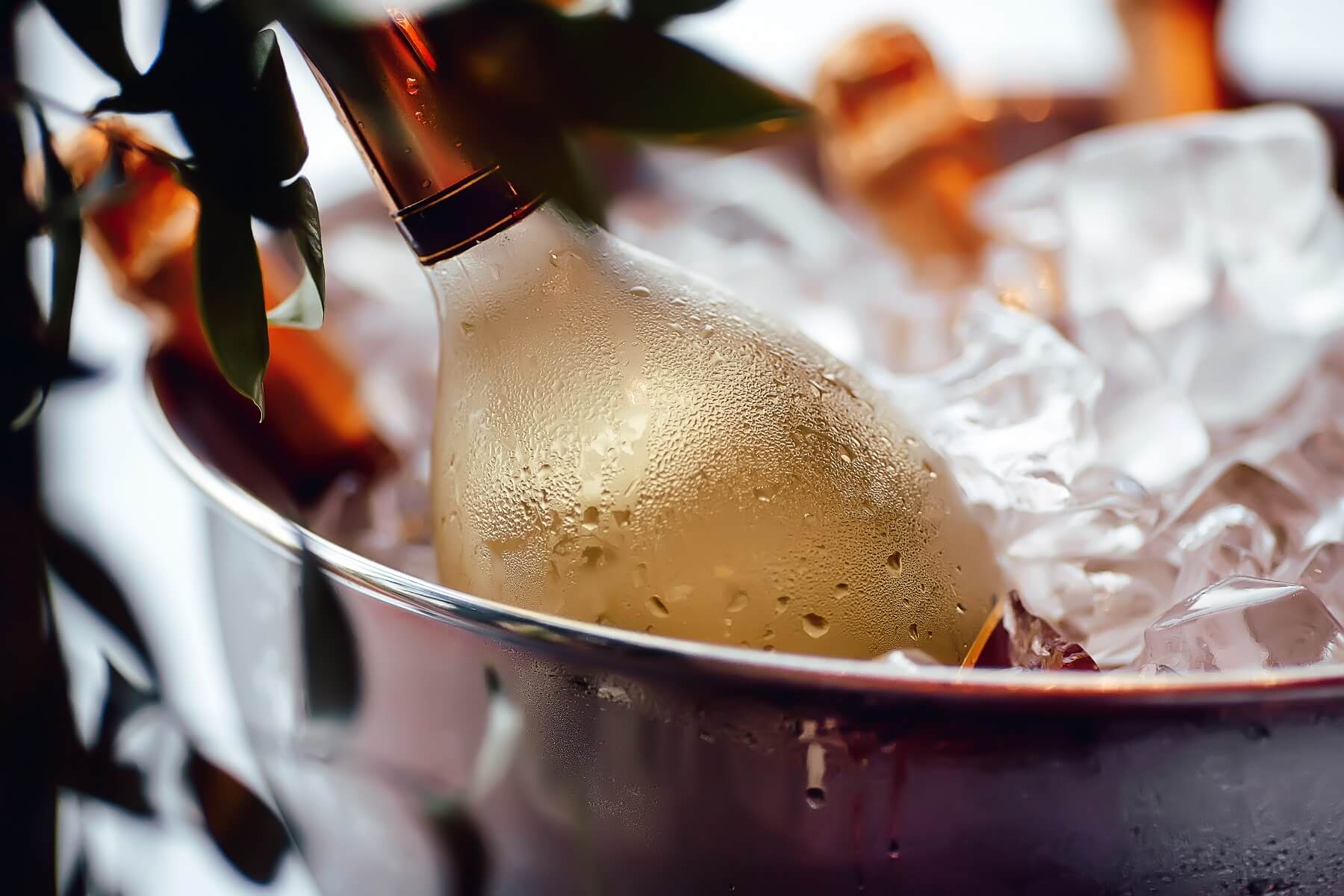
This may sound like new-wave cleverness, but is actually how the first sparkling wines were made, long before the Champagne method was ever discovered!
Nb – the author loves drinking Champagne….like all things though, some are better than others, and value often goes missing with a prestige product
4. Low alcohol e.g. Riesling
With summer nearly upon us, there is nothing like lunch with friends either at the beach or in the local park, with a great picnic and a couple of bottles of wine. Trouble is, the sun and the booze can get to you in no time, meaning an early departure and a sore head.
Keep the party going, and enjoy more wine, by selecting wines with lower alcohol. Generally speaking, cooler climates in the world produce wines of lower alcohol, as the sun doesn’t ripen the grapes as quickly, so the grapes themselves produce less sugar to turn into alcohol.
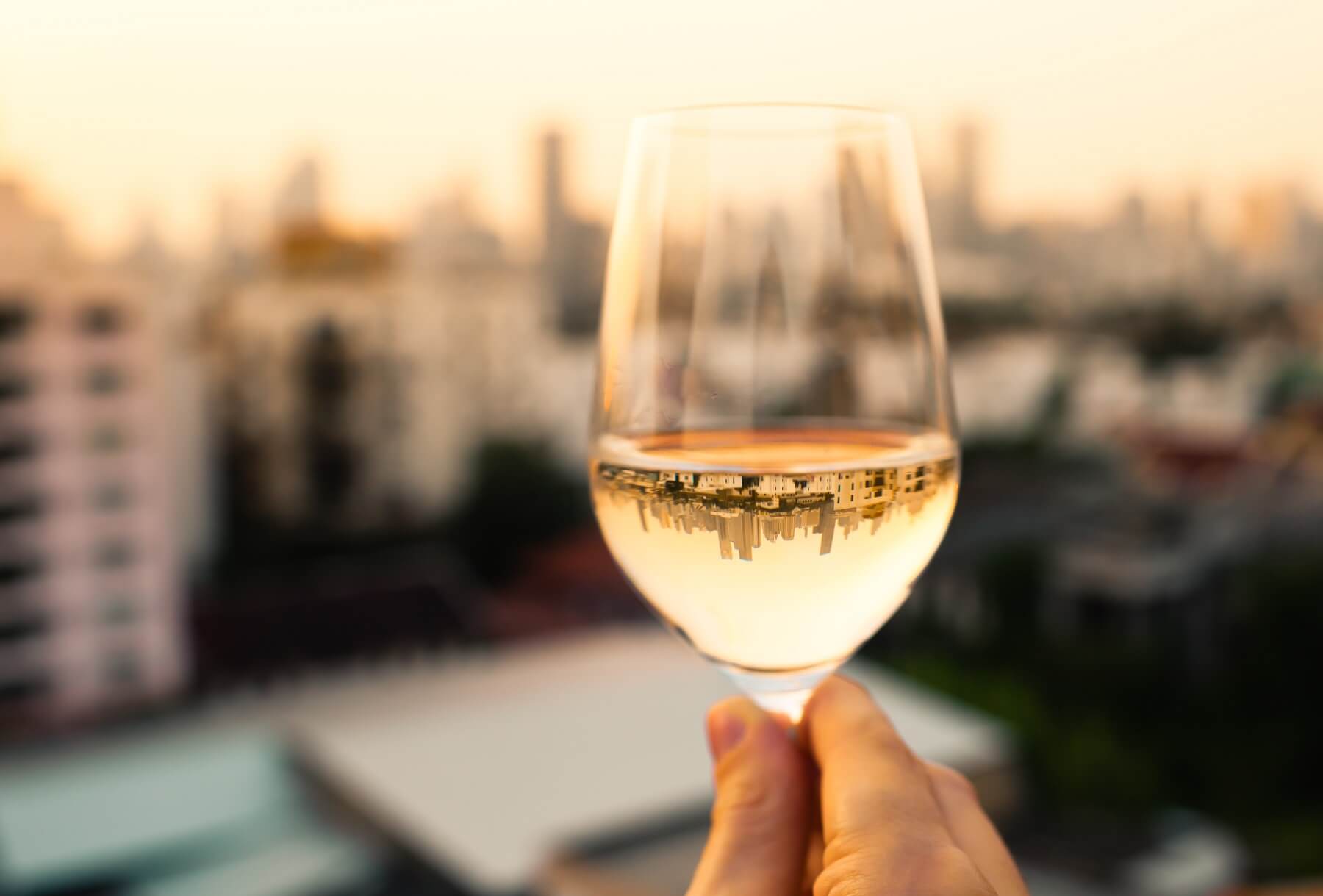
These wines are often fresh and revitalising, and the best example is off-dry Riesling. With succulent fruit flavours, juicy acidity and a well-judged hint of sweetness, they are incredibly moreish and easy to drink. Perfect for outdoors or perhaps Christmas morning!
5. Italian grape varieties
Australia has been experimenting with a wide range of different grape varieties for years now – our wide, open country has a range of climates and vineyard sites that each suit different grapes better than others. In an attempt to match the variety to the site, growers turn to some parts of Europe that have similar climates and look at the varieties there.

In recent times, much success has been had with some of the grapes found in the central and southern parts of Italy. Names like Fiano, Greco and Vermentino (all white), as well as Sagrantino, Nero d’Avola and Montepulciano (all red), are popping up more and more regularly.
Expect to see some of these wines on restaurant lists and hopefully in your glass in the coming months.
6. Wine on tap
A wise man I met once told me that wine is a grocery, not a luxury. He, like me, drinks wine every day, so I know where he’s coming from – wine doesn’t have to be something you only drink on special occasions. It is the most complex and often the best match with your dinner, and there are numerous studies claiming the health benefits of moderate wine consumption.
Sometimes you’re caught without your corkscrew though. And to be honest, we could be doing our planet a big favour by not wasting all that energy on the bottles, corks, labels, and screw caps.
So, recently I’ve been seeing some smart cookies serving wine on tap. Whether it’s a quality wine in a bag-in-a-box or wine that has simply been kegged rather than bottled, this mass approach to wine lowers the cost as well as our guilt for hurting the environment. Plus, it takes half as long to get your glass win!
Coming soon to a bar near you.
For the love of wine! ...allow us to guide you into some wines that truly match your personal tastes. Head on over to our wine palate quiz and answer seven fun questions and we'll recommend three bottles we think you'll love. Click on the link below!
Click here to take our Wine Palate Quiz and we'll match your personal tastes to our top three recommended bottles just for you
Do you know your wine personality? If your answer is no, take our quiz to find out which wines to pick up next and build your box!
Build my box





